Even though the Soviet Union is today a thing of the past after its collapse in the early 90s, some of its most bizarre and enormous relics made it to modern times intact! The post-apocalyptic architecture, as well as the eerie feeling that these monuments radiate, will make you put them on the top of your travel bucket list! You don't believe this? Take a look!
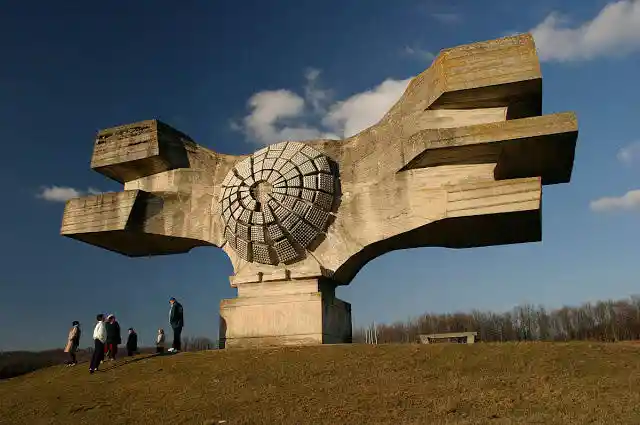
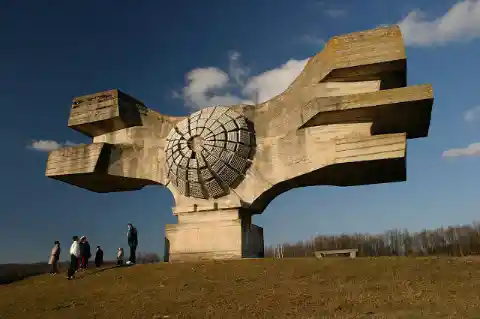
If you're a Star Wars fan you may have wondered from where did George Lucas was inspired to make the empire galactic fighters! Well, this bizarre monument in Croatia might be the answer! What's more amazing is that this was built a full decade before the first Star Wars movie was released! The next monument will make you reconsider your travel plans!
What looks like a UFO crash site today, as the monument was abandoned when Communism fell, was once one of the most imposing and luxurious communist buildings in existence!
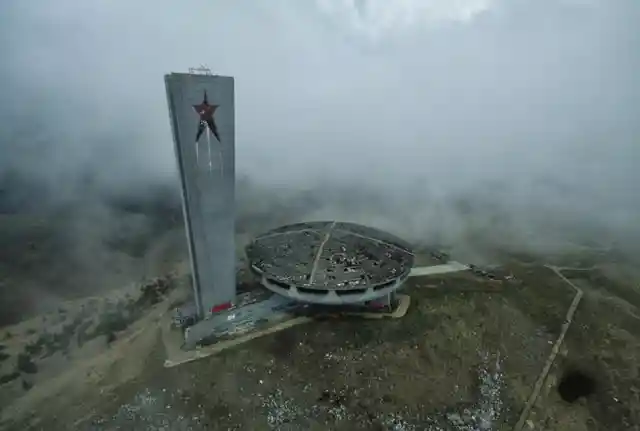
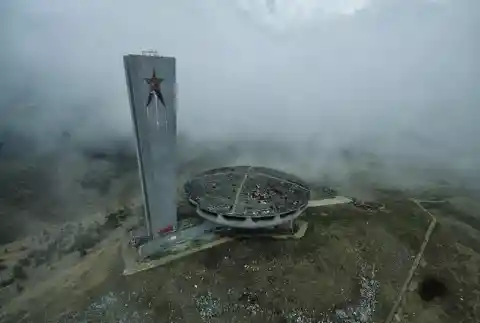
The Bulgarian communist rulers had to blow up a mountain top with TNT in the Balkan Mountains to flatten it up, making it suitable for the construction of this monument!
This monument, constructed in the seaside city of Varna in Bulgaria was meant to promote and celebrate the friendship between the communist countries.
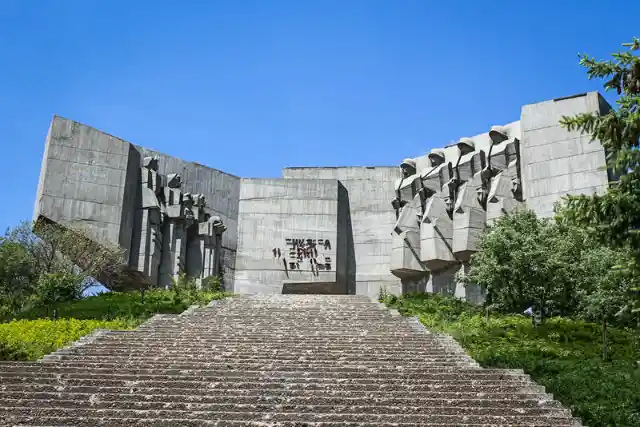
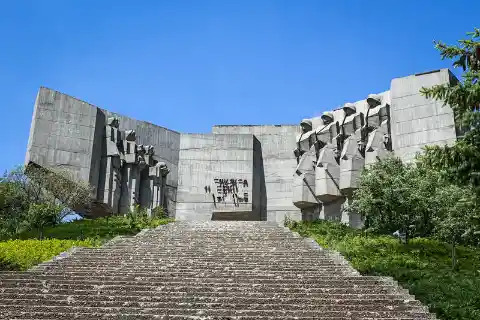
Since the early '90s though it's insides are covered with graffiti but the outsides are still one great sight to be visited!
This enormous monument is located deep in Sutjeska National Park in modern-day Bosnia & Herzegovina. No one knows the exact meaning of this monument but it appears to most of the people as a pair of angels ready to fly out of the ground.
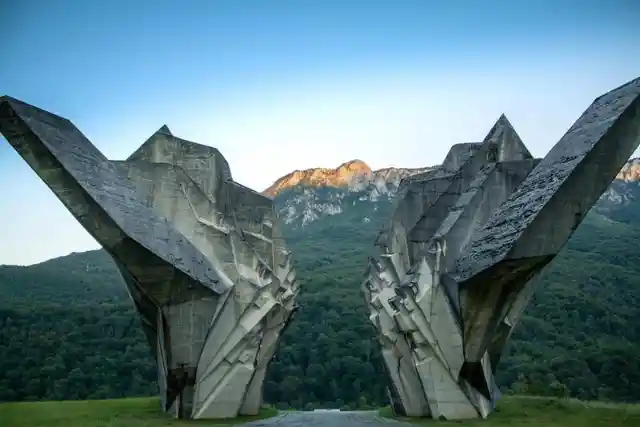
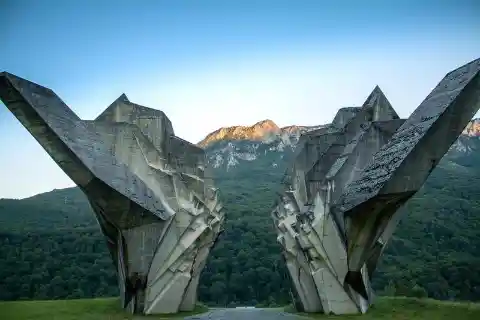
It was built as a memorial to one of the largest battles fought between Yugoslav Partisans and German, Italia and Bulgarian soldiers during World War II.
What was once a monument praising the USSR, today some creative graffiti artists made an ironic twist to the monument.
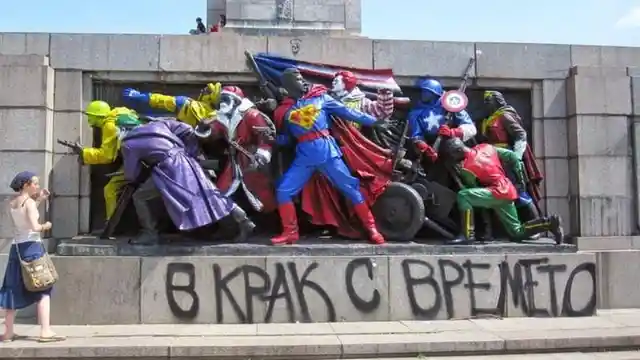
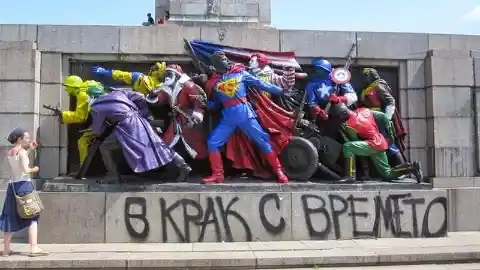
It seems that people themselves had chosen the winner after the cold war.
We've seen a lot of bizarre-looking buildings in this list but this one seems to be the most bizarre one (until now).
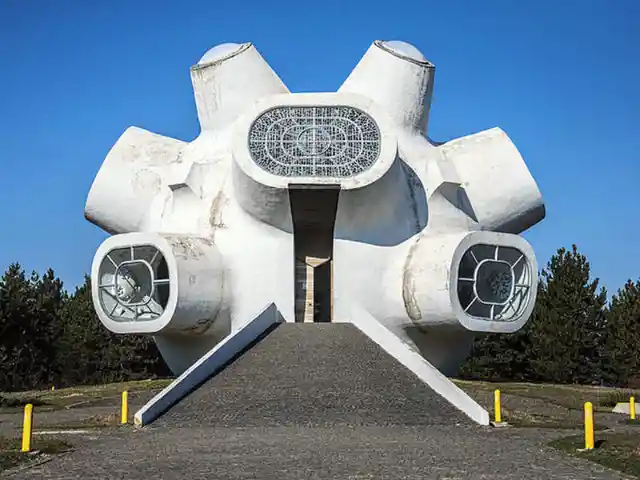
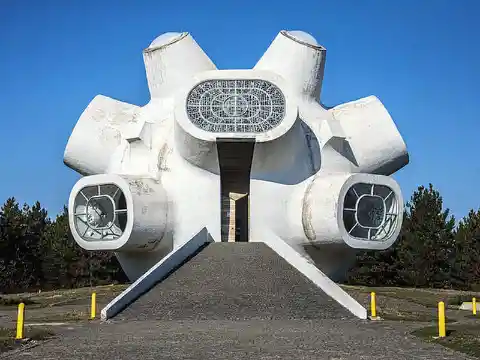
A national revolutionary hero, as well as a local pop star, is buried inside this mine-looking monument which was originally built to symbolize the struggle for freedom against the Ottomans!
When communism fell in the early 90's it made sense for all the buildings-statues and other relics of the communist era to be erased from history, destroyed and rebuilt again.
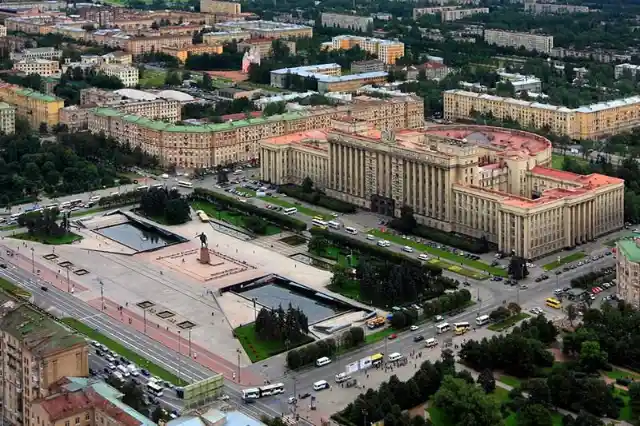
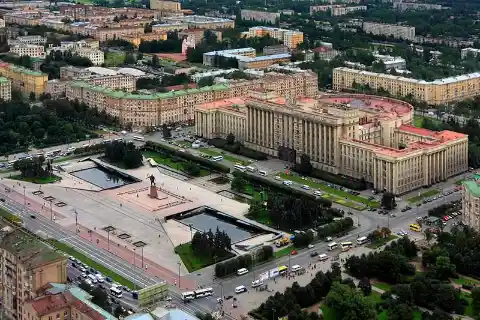
But this didn't happen for the house of the Soviets which is located intact today in Russia's second-largest city!
What looks like a giant building edition of the famous Jenga game it was once built to serve as the ministry of highways in modern-day Georgia!
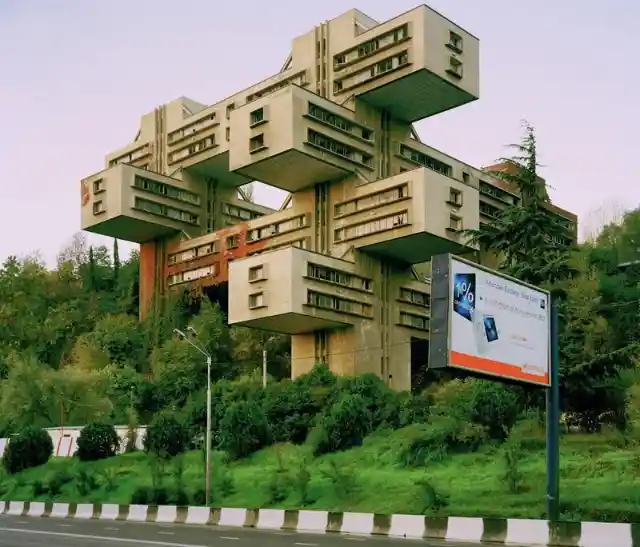
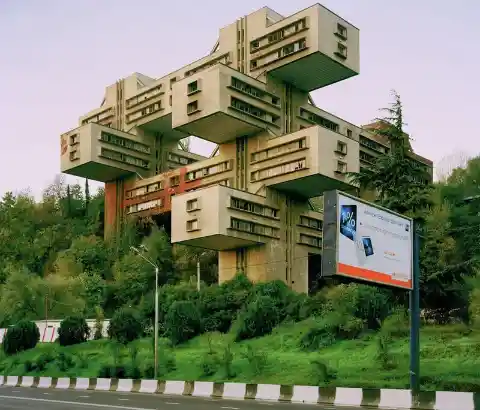
Even though it doesn't look like this, it was once a fully functional building!
When the country of Bulgaria reached the 1300th year of its existence in 1981 the government decided to celebrate it by building this enormous, stunning monument.
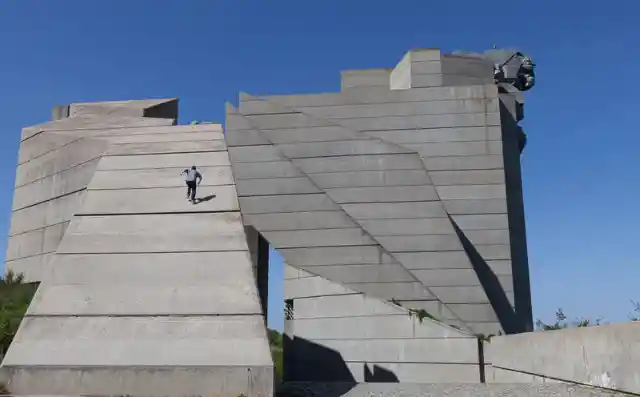
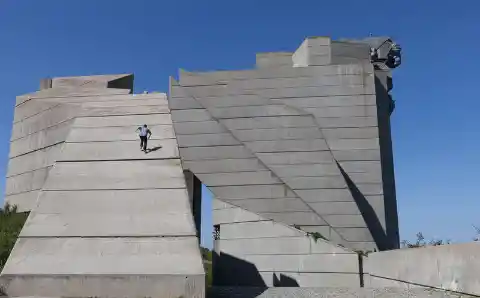
Of course, it was influenced by communist architecture at the time.
If the name Volgograd doesn't remind you of anything then just wait. This monument was built to celebrate the victory of one of the most brutal battles that happened during World War II and the sculptures did a good job on making this as stunning and imposing as possible.
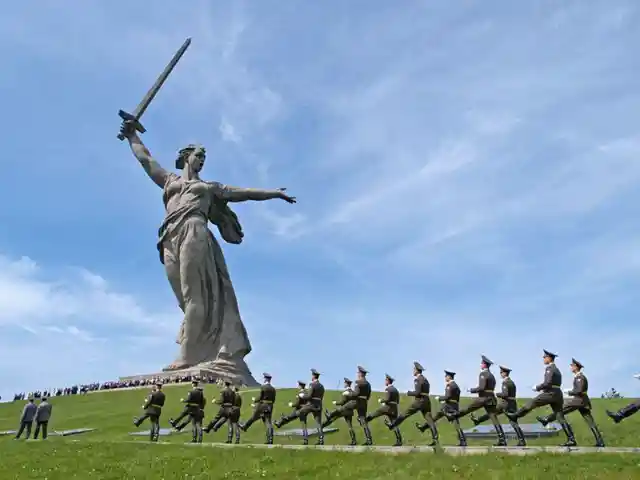
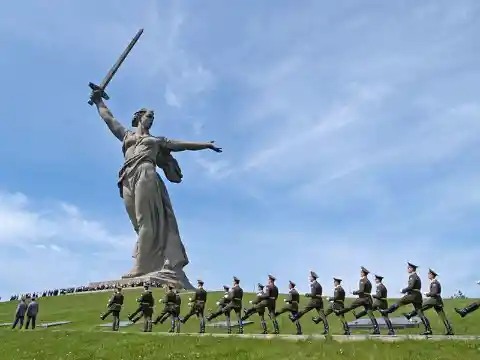
Can you guess Volgograd's original name now? Well, it was Stalingrad!
While this doesn't look that impressive today, it's historical value on space exploration is enormous!
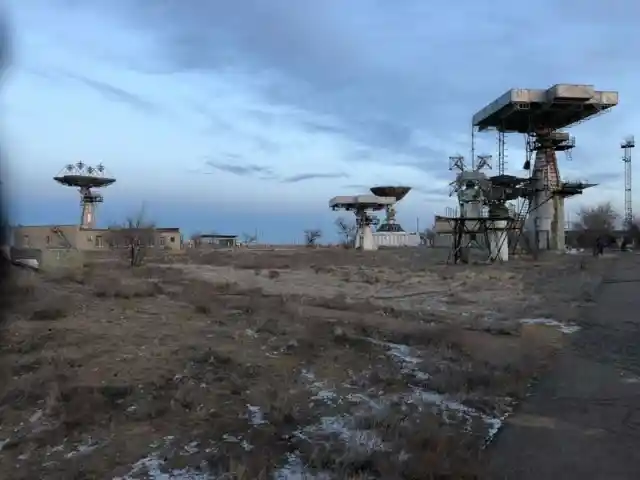
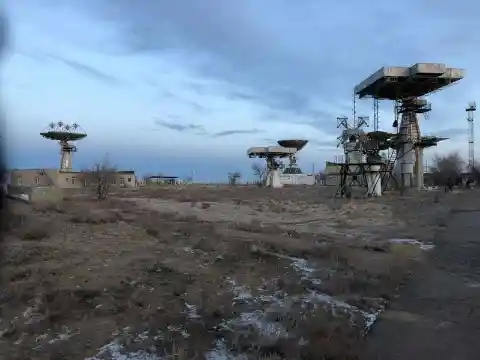
This was the place where the USSR launched the first-ever satellite as well as the first man in space!
As Lithuania was the first country to gain its independence from the Soviet Union, most of the statues and other communism relics were destroyed. But this didn't happen to all of them which ended up in this park to be forgotten.
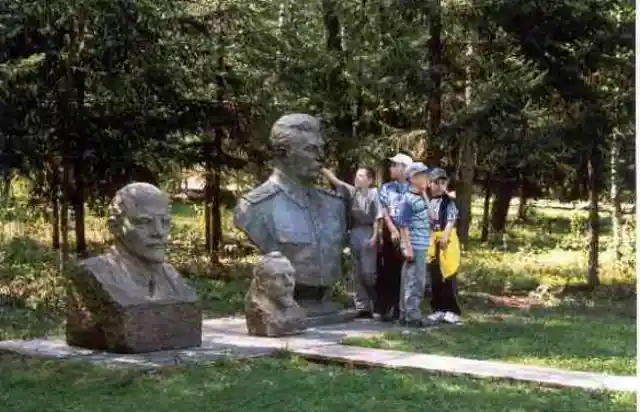
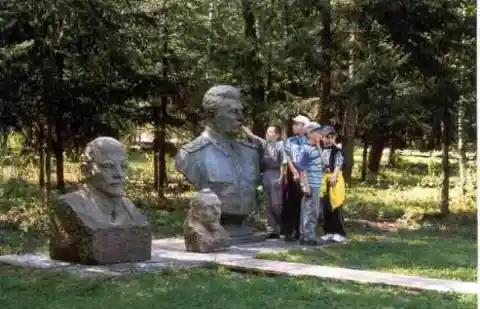
Today the park is a huge tourist attraction!
What would you think if you saw this building without context? Would you guess that this is a library?
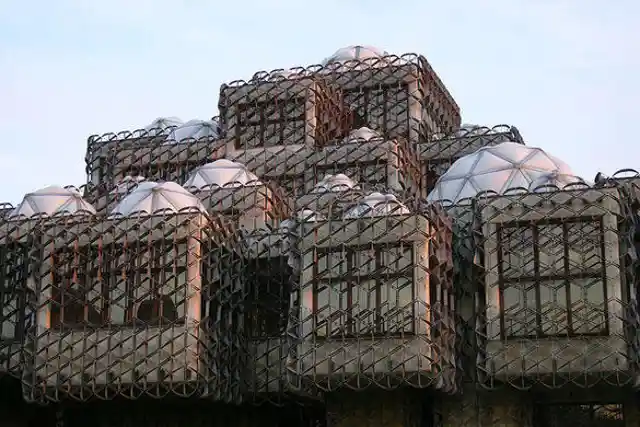
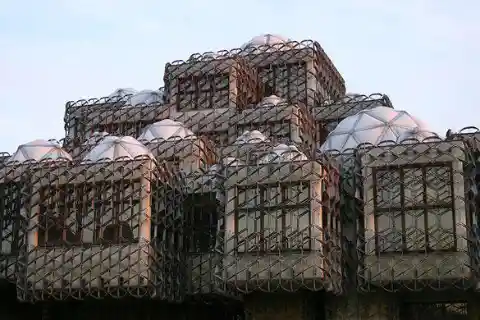
This strange beehive looking building is the National Library of Kosovo! You have to admit that it looks interesting!
The Zizkov Television Tower is one of the most loathed communist-era relics. But why you may ask, it doesn't look that bad.
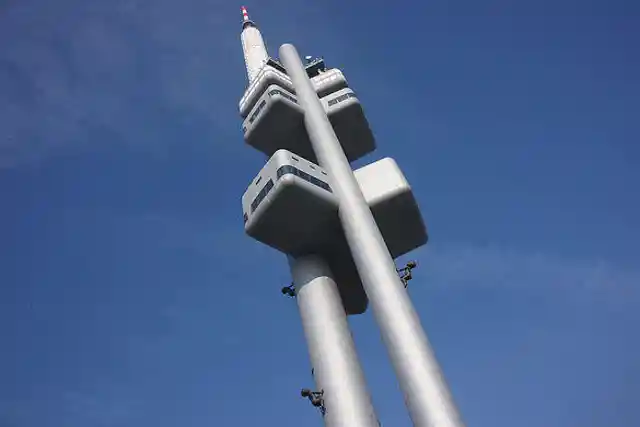
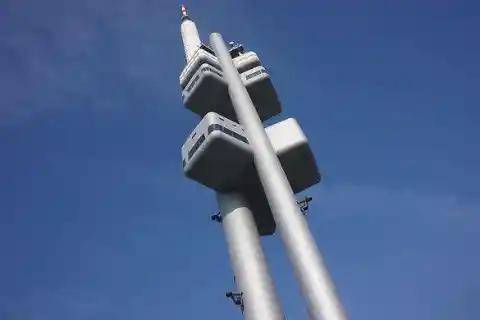
As a matter of fact, the Zizkov tower isn't necessarily ugly but it disrupts the beautiful medieval skyline of Prague and on top of that, it's construction destroyed a part of a historical Jewish cemetery.
As mentioned before, with the collapse of the Soviet Union most communist-era relics were either destroyed or vanished from plain view. Some of them were hidden while some of them were thrown away.
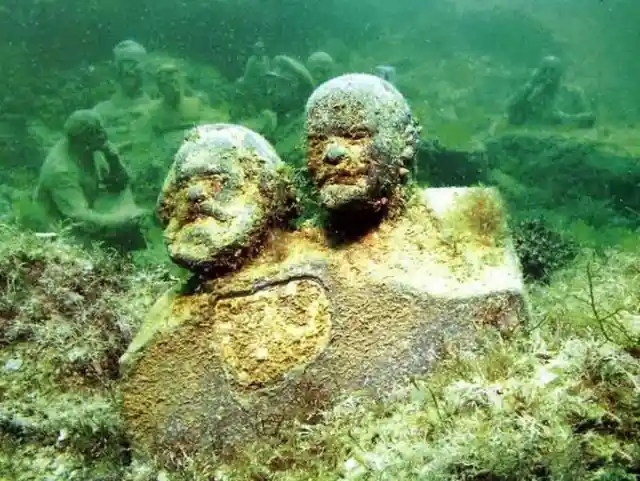
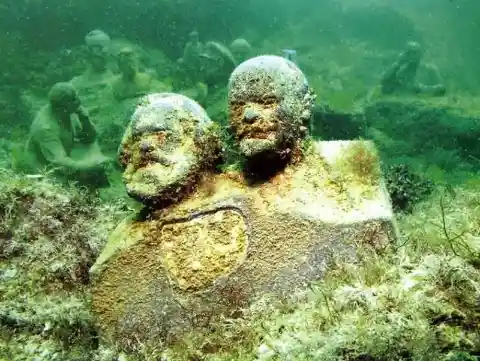
This is the case for Cape Tarhankut where these communist relics were thrown into the Black Sea. As you've already guessed, this place is an underwater museum today in present-day Ukraine!
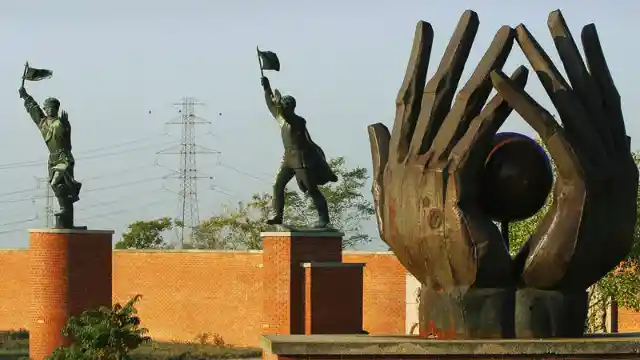
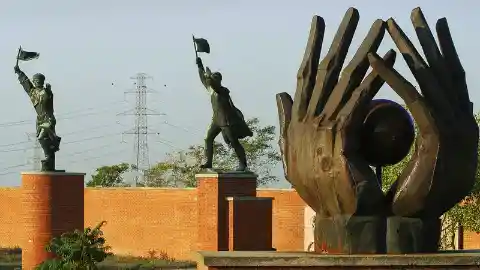
This is what remains today of Memento Park in Budapest after angry Hungarians got rid of the communist relics after the collapse of the Soviet Union.
People of Sucleia, Moldova weren't ready to get rid of all these communist-era statues. In fact, they decided to revamp a statue of Lenin that was standing in a square. But something unexpected happened.
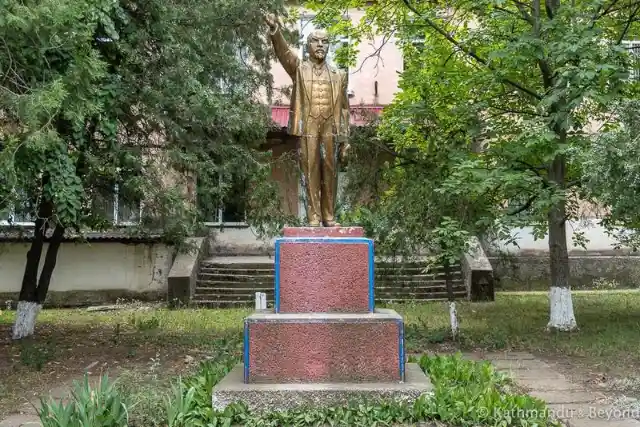
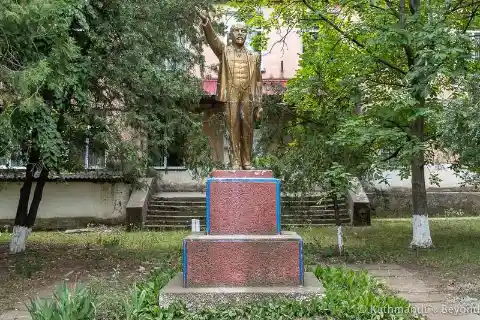
They realized that the statue's head was out of proportion with the body... it was too big. They didn't have much time to fix it as the statue was intended to celebrate Lenin's 140th birthday and the city of Sucleia has this wonky statue ever since.
While this post-apocalyptic looking pyramids was originally built as a memorial to the Communist dictator, Enver Hoxha (people of Albania didn't exactly agree with its construction), it has served as a nightclub, a radio station as well as a NATO military base during the Kosovo war.
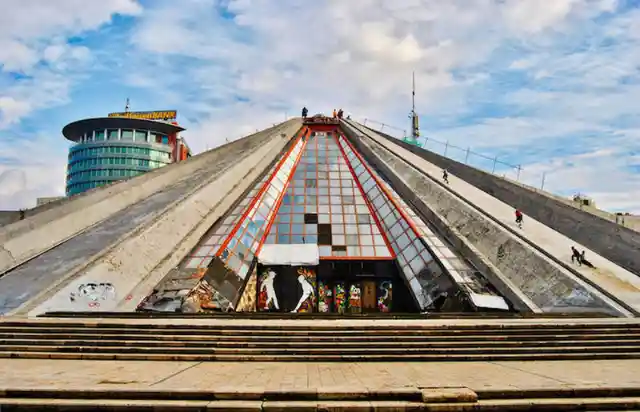
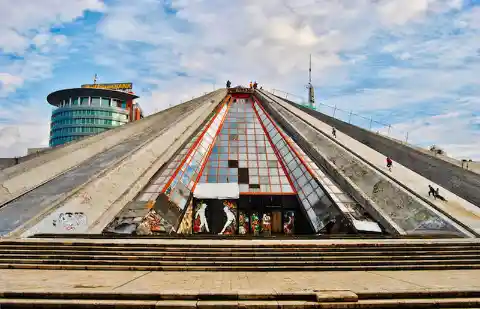
Today it operates an IT learning center for interest youth.
This enormous stone-carved statue was built as a memorial for loses of the people of Belarus during World War II.
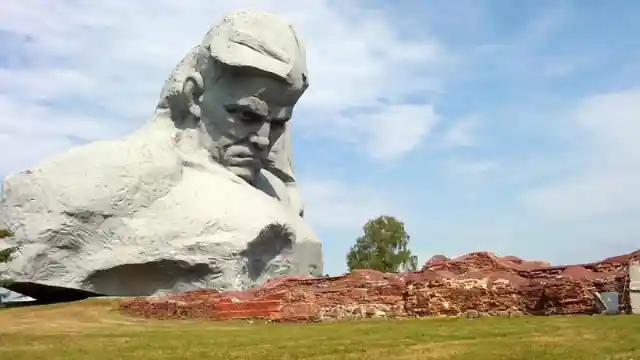
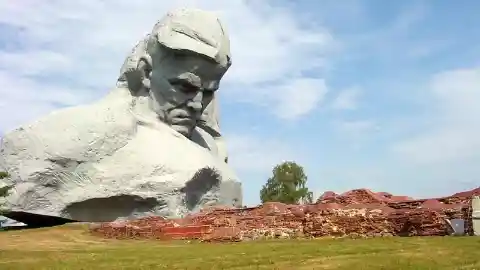
The Soviet Union decided to build this enormous, angry-looking statue on the Brest fortress in honor of the brave defense that people of Belarus held against the German invasion.
This list ends with another memorial to the fallen fighters of World War II, this time in modern-day Montenegro. Its symbolisms still baffle people as no one has been able to figure out exactly what the different shapes of the monument mean.
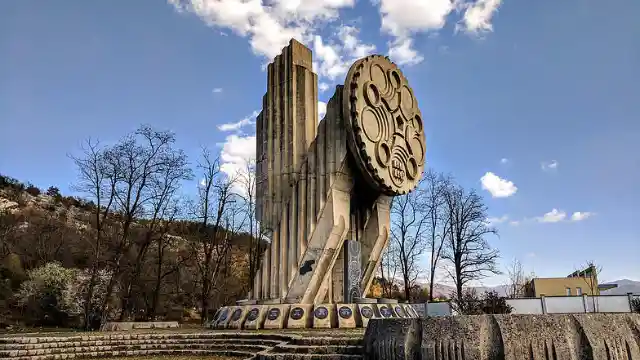
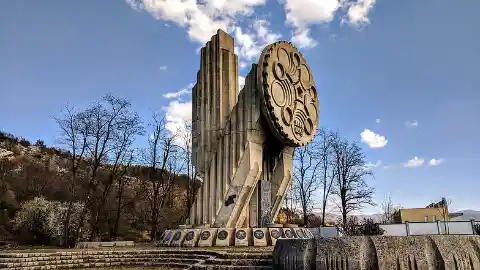
What do you think?